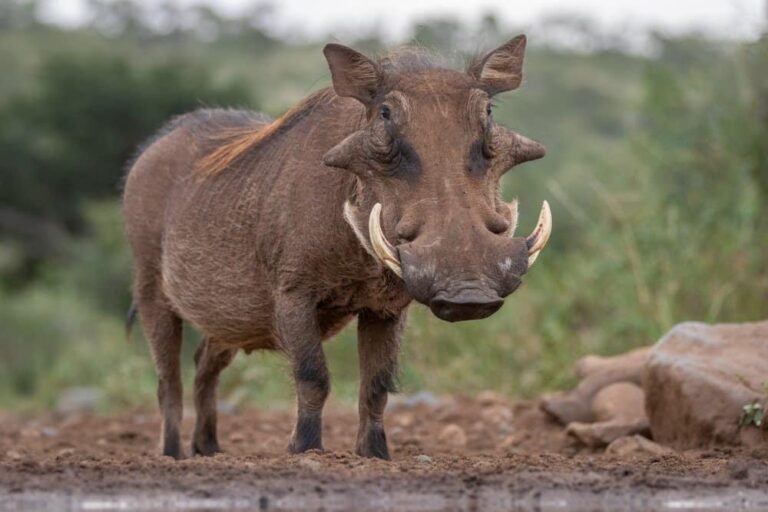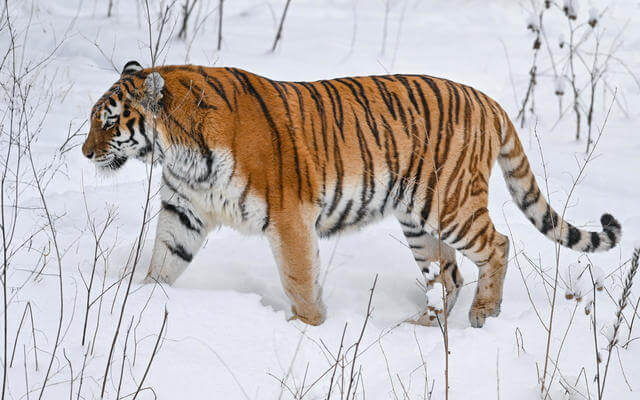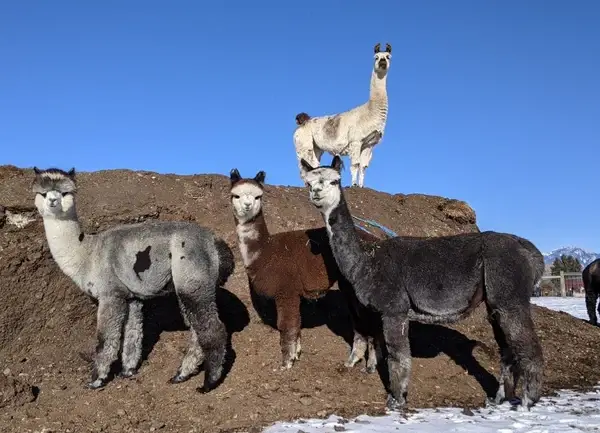Squirrel: An In-Depth Look at These Fascinating Rodents
Squirrels are among the most familiar small mammals, known for their bushy tails, agile movements, and vibrant personalities. Found in various environments worldwide, squirrels play an important ecological role and have a unique evolutionary history.
This article provides an in-depth look at squirrels, covering their scientific classification, physical characteristics, habitat, behavior, diet, reproduction, predators, conservation status, interesting facts, evolutionary history, and human relationships.
Contents
Scientific Classification
- Kingdom: Animalia
- Phylum: Chordata
- Class: Mammalia
- Order: Rodentia
- Family: Sciuridae
- Genus: Sciurus (common tree squirrels, but the Sciuridae family includes many genera)
- Species: There are over 200 species, including the Eastern Gray Squirrel (Sciurus carolinensis), Red Squirrel (Sciurus vulgaris), and Fox Squirrel (Sciurus niger).
Physical Characteristics

Squirrels exhibit a range of physical traits depending on their species, but they generally share some common characteristics:
- Size: Squirrels vary significantly, ranging from the tiny African pygmy squirrel, about 10 cm (4 in) long, to the large Indian giant squirrel, which can reach up to 1 m (3 ft) in length, including its tail.
- Fur and Coloration: Squirrel fur ranges from gray, red, and brown to black and albino variants. Their fur often helps with camouflage, depending on their habitat.
- Tail: Their long, bushy tails help balance, communication, and warmth. The tail’s fluffy nature also plays a defensive role by confusing predators.
- Teeth: Like all rodents, squirrels have strong, continuously growing incisors adapted for gnawing.
- Eyes and Ears: Squirrels have large eyes for excellent vision, especially suited for spotting predators. Their sharp hearing aids help detect threats and locate food.
Habitat
Squirrels are incredibly adaptable, living in diverse habitats around the world:
- Forest Dwellers: Many squirrels, such as the red and gray squirrels, inhabit forests and woodlands. They prefer areas with abundant tree cover that provides food and shelter.
- Urban and Suburban Areas: Squirrels have successfully adapted to urban environments, often seen in parks and backyards with plentiful food sources.
- Tropical Regions: Some species, like the Indian giant squirrel, thrive in tropical rainforests, utilizing tall trees for nesting and foraging.
- Ground-Dwelling Squirrels: Species like ground squirrels inhabit open grasslands, deserts, and rocky areas, where they dig extensive burrow systems.
Behavior

Squirrels are known for their acrobatic skills, complex social structures, and interesting behaviors:
- Activity: Most squirrels are diurnal, meaning they are active during the day, especially in the early morning and late afternoon.
- Communication: Squirrels communicate through vocalizations, tail flicks, and scent marking. Common sounds include warning barks, squeaks, and chattering.
- Nesting: Squirrels build nests called dreys, usually made of twigs, leaves, and moss, high in trees. Ground squirrels dig burrows for shelter and protection.
- Hoarding: One of the most notable behaviors of squirrels is their habit of hoarding food, especially nuts, for the winter. They bury food in numerous locations, relying on their excellent memory and sense of smell to retrieve it.
Diet
Squirrels are primarily herbivorous but are known to eat a varied diet:
- Primary Foods: Squirrels mainly eat seeds, nuts, fruits, and fungi. Acorns, walnuts, and pine nuts are among their favorites.
- Opportunistic Feeders: Some species occasionally consume insects, bird eggs, and small animals, especially when plant-based food is scarce.
- Foraging Habits: Squirrels spend much time foraging, using their keen sense of smell to locate food. They are also known for caching food to survive harsh seasons.
Reproduction
Squirrels have a fascinating reproductive cycle with specific breeding seasons:
- Breeding Seasons: Most squirrels breed once or twice a year, typically in the late winter and mid-summer.
- Gestation and Birth: The gestation period lasts about 3 to 6 weeks, depending on the species. Females give birth to a litter of 2-8 young.
- Nurturing the Young: Newborn squirrels are born blind and hairless. They remain in the nest for several weeks, cared for exclusively by the mother until they are ready to venture out.
- Maturity: Juvenile squirrels reach independence at about 10-12 weeks old, and sexual maturity is usually reached by one year.
Predators
Squirrels face numerous natural threats:
- Common Predators: Predators include birds of prey (e.g., hawks and owls), snakes, foxes, domestic cats, and even larger mammals like bobcats.
- Defensive Tactics: Squirrels rely on their agility, speed, and alertness to escape predators. They also use alarm calls to warn other squirrels of danger.
Conservation Status
Most squirrel species are not endangered; however, habitat destruction and other factors impact certain populations:
- Common Species: Eastern Gray Squirrels and Fox Squirrels are abundant and widely distributed, with stable populations.
- Endangered Species: Some squirrels, such as the Delmarva Peninsula Fox Squirrel and certain tropical species, are listed as threatened or endangered due to habitat loss and fragmentation.
- Conservation Efforts include habitat restoration, protected areas, and public education to prevent the spread of invasive squirrel species.
Interesting Facts
- Memory Masters: Squirrels have incredible spatial memory, allowing them to remember the locations of hundreds of food caches.
- Unique Teeth: Their front teeth never stop growing, ensuring they stay sharp for gnawing through tough nuts and tree bark.
- Ecosystem Engineers: Squirrels inadvertently help with tree planting. Many of their buried nuts are never recovered, leading to natural reforestation.
Evolutionary History
Squirrels belong to the rodent order, which first appeared about 36 million years ago. Fossil records show that squirrels have adapted over millions of years, developing features like strong incisors and arboreal skills that have enabled them to thrive in various environments. Today, they are a widespread and highly successful group, partly thanks to their adaptability and diverse diets.
Relationship with Humans
Squirrels have a mixed relationship with humans, often seen as both beloved wildlife and pesky invaders:
- Positive Interactions: Squirrels are common in urban parks, where people often feed them. They are also important to the ecosystem, aiding seed dispersal and forest regeneration.
- Challenges: Squirrels can be problematic when they raid bird feeders, damage crops, or find their way into attics. They are known to chew on wires, leading to power outages.
- Cultural Impact: Squirrels are featured in folklore and literature and are used as mascots, reflecting their significance in human culture.
Conclusion
Squirrels are remarkable creatures with diverse adaptations that allow them to survive in various environments. From their complex social behaviors to their crucial role in ecosystems, squirrels are much more than just common backyard visitors. Understanding their biology, ecology, and interactions with humans helps us appreciate these agile and intelligent rodents even more.
Whether spotted scampering through trees or burying nuts in your yard, squirrels continue to fascinate and entertain, embodying the delicate balance of nature in our everyday lives.
- Are Rottweilers Good With Kids? Reasons & Training Tips - 17 September 2025
- How Long Are Dogs Pregnant: Complete Guide - 16 September 2025
- German Shepherd Doberman Mix: Info, Pictures, Care & More - 11 September 2025







